Praying At Graves Of Tzaddikim
ADAPTED FROM HIS AUDIO SHIUR ON YEHOSHUA 1-24
Twelve Spies
The Torah tells us that it is when Moshe Rabbeinu chose his closest student, Yehoshua, to be part of the expedition of the twelve spies, that he changed his name from Hoshea to Yehoshua (Bamidbar 13:16), implying the blessing: “May HaShem save you (Kah Yoshiecha) from the evil counsel of the spies” (Sotah 34b).
But how about Kalev, his partner? What blessing did he receive? The Gemara tells us that Kalev received his blessing directly from our Forefathers. Upon entering the land, he immediately went on his own to Chevron, which was populated by the four giants, in order to pray at the Tomb of our Forefathers that he be saved from the counsel of the other spies.
Without regard for the risk to his life, and armed with a faith as strong as Yehoshua’s, he made his way to the Cave of Machpelah and prayed there.

A Lesson To All
This is a lesson to all who doubt the value of visiting and praying by the graves of our great tzaddikim. As far back as the time of Kalev, this was a tried and true method of obtaining Divine protection. The Zohar HaKadosh (Zohar, Acharei Mos 71b) states that those in need of help can do no better than visit the graves of tzaddikim and solicit their help in entreating HaShem on their behalf. It is important to note that one is not praying to the tzaddikim but to HaShem.
But Isn’t It Forbidden?
Still, the Zohar HaKadosh quotes one of Rabbi Shimon bar Yochai’s students as having asked, “But isn’t it forbidden in the Torah to be doresh el hamesim (Devarim 18:11), to enlist the aid of the dead?” Rav Shimon’s reply was that the prohibition applies only to dead gentiles who are considered “dead” even when they are alive. Jews, however, and especially tzaddikim, are considered alive even when they are dead.
The Gemara (Berachos 18b) states that any evil person, even a Jew, is considered “dead” even when alive, bringing proof from the verse that states with regard to a condemned murderer: “by testimony of two witnesses or three witnesses shall the condemned one be put to death (yumas hames)” (Devarim 17:6). These last two words literally mean “shall the dead one be put to death.” From here we see that a condemned murder is considered dead even when is still alive. Why? Because he is a rasha, a wicked person. The righteous one, however — the tzaddik — even after he passes from this world is considered alive. That is why there is no “enlisting the aid of the dead” when one visits the grave of a tzaddik.
No One Could Exist without it!
Rabbi Shimon Bar Yochai further states (Zohar, Shemos 16b) that no one could exist for even half a day without the help of the prayers offered on our behalf by the tzaddikim in Gan Eden. Without their prayers, our “prosecutors” in Heaven would exert such a force that we could not survive more than half a day. Given that, we indeed have every reason to visit their graves and solicit their help by interesting them in our plight. One is certainly better off having these tzaddikim helping with their prayers than trying to make it on one’s own.
The mitzvah of visiting the graves of tzaddikim is all the more beneficial in Eretz Yisrael, where one can visit the graves of our forefathers, of our former kings and prophets, and of our holy Sages. Every one of these graves is extremely sacred and thus it is a great privilege to go there and pray.
- 1 comment



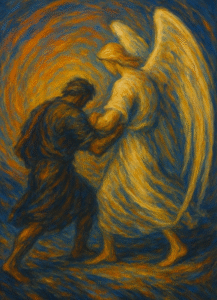
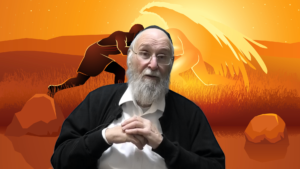







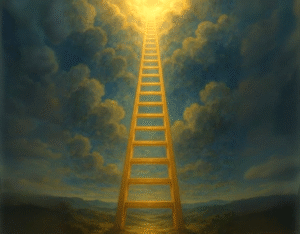
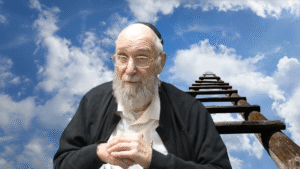


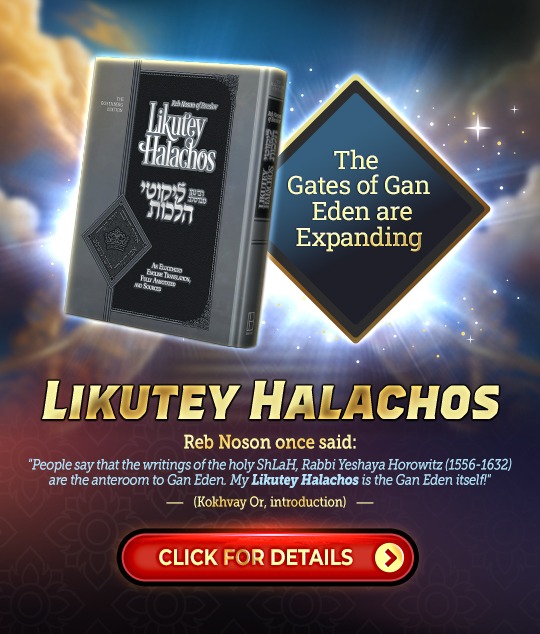



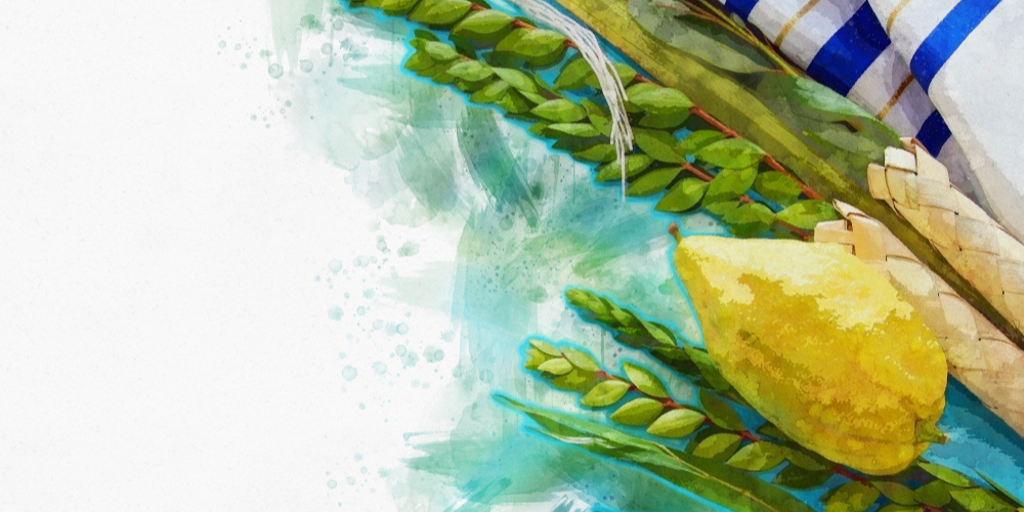
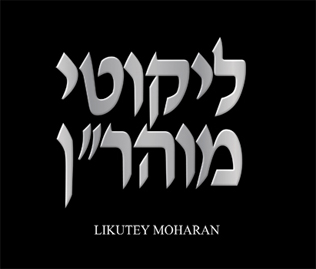

One Response
When my daughter was very sick, we would go to kever Rachel emanu ….it was fitting as her name is Rachel. It helped us both.